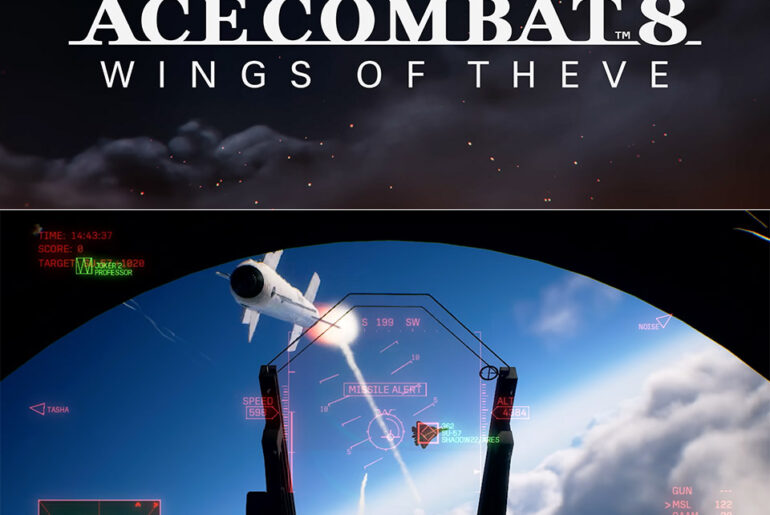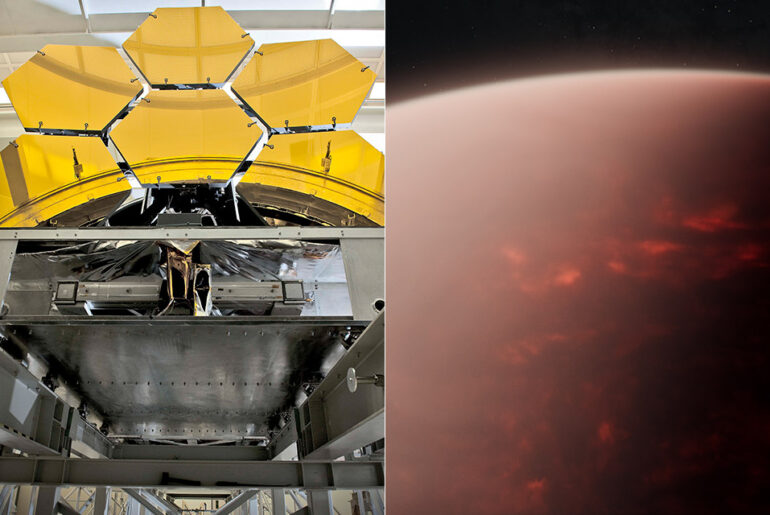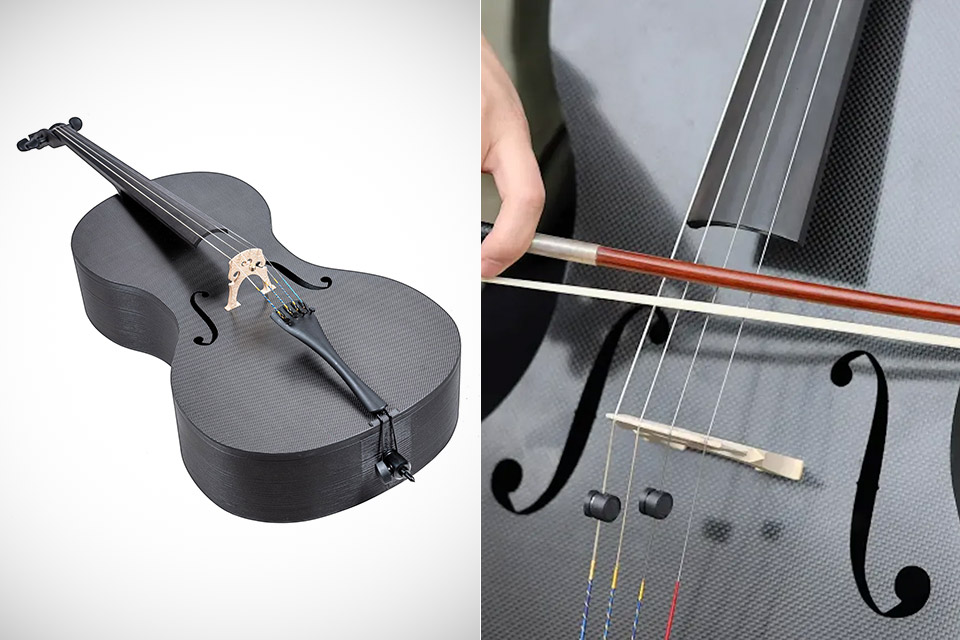
Cellos have always relied on wood to produce rich tones through labor of love construction, rather than just meticulous cutting and assembly. Forte3D takes an entirely different approach; the firm’s founders, Alfred Goodrich and Elijah Lee, as well as cellist Mike Block, who currently co-runs the company, created the world’s first 3D-printed carbon fiber cello.
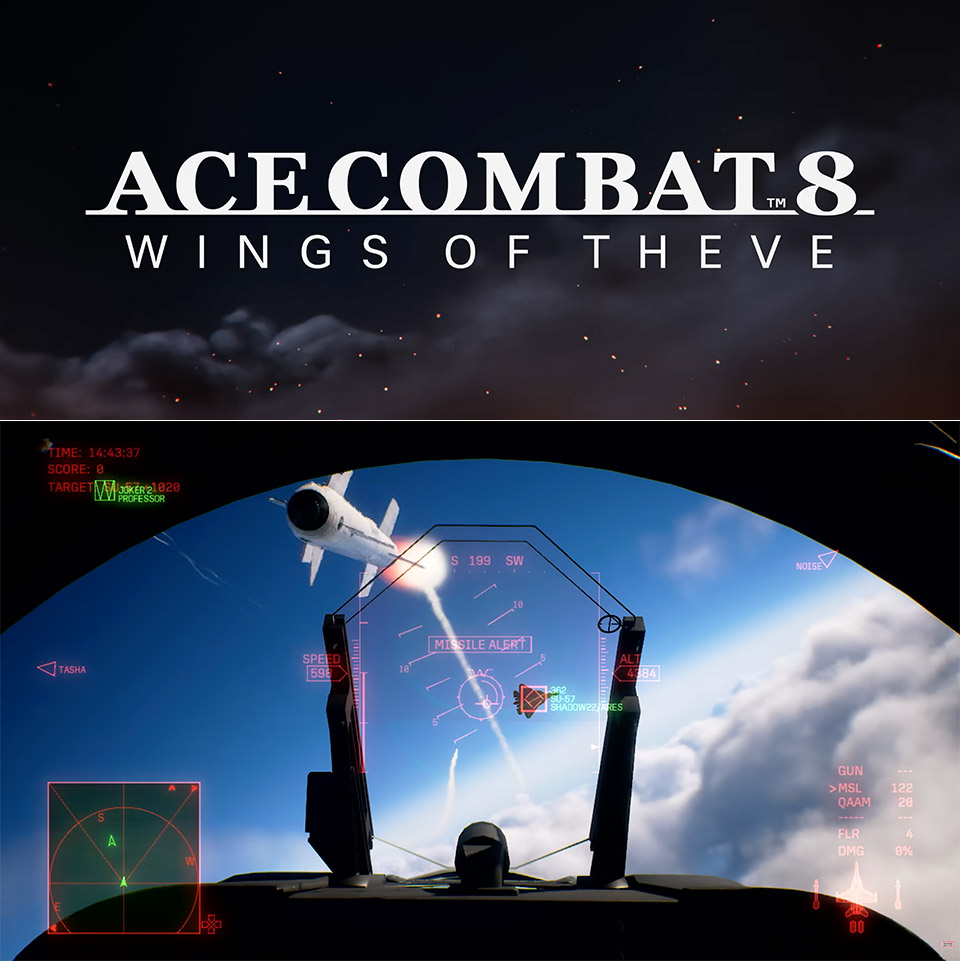
Bandai Namco announced at The Game Awards (TGA) last week that the long-awaited Ace Combat 8: Wings of Theve will return after a seven-year hiatus. True to form, Bandai Namco Aces, the team behind every major entry in the series to date, began development of this highly anticipated air combat title in 2020, and we’re in for a great treat when it hits the Sony PlayStation 5, Xbox Series X|S, and PCs in 2026.

Bombardier has delivered the first Global 8000, a significant step forward for private aviation, as it’s capable of flying at Mach 0.95, making it the fastest business jet since the Concorde’s retirement. Passengers can now cross continents faster than ever before, according to some very outstanding flight test results.

Runners, bikers, and anyone else who has to navigate the turmoil of busy streets understands the challenge of maintaining a steady pace while remaining connected to the outside world. You’re either listening to music/podcasts on loop or wearing ordinary headphones that filter out horns, footsteps, and so on, but Shokz offers an alternative: bone conduction. This technology employs vibrations to send music directly from the cheekbones to the inner ear, leaving your ears free of external disturbances. The OpenMove, priced at $54.95 (was $79.95), is a less expensive way to try it out without sacrificing any of the magic.
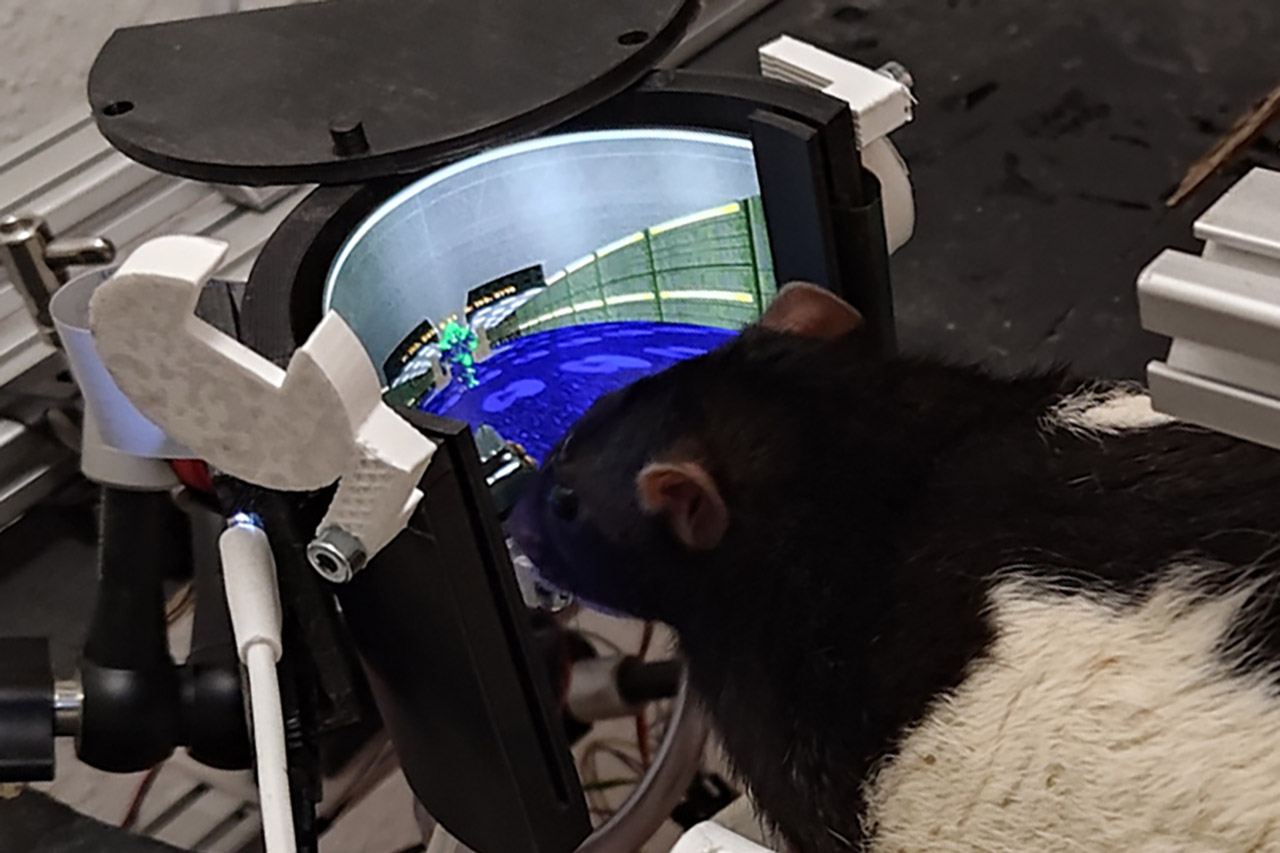
Photo credit: Viktor Tóth
Viktor Tóth began down this path a few years ago with a simple question: can rats figure out how to navigate the levels of a classic video game? He tried setting up something similar in New York a while back, with rats running on a large ball that logged their every move. As the rat ran back and forth on the spot, sensors detected its motion and turned it into forward movement within DOOM II. Every time the rat reached a specific point, a tube would appear and feed it a delectable drop of sugary water to keep it motivated and moving down those interminable halls.

Lara Croft bursts back onto the scene with the familiar sight of those dual pistols slung over her shoulder. Tomb Raider: Legacy of Atlantis will be released in 2026 for the PlayStation 5, Xbox Series X, and Series S consoles, as well as on PC via Steam, just in time for the series’ 30th anniversary celebration. The project’s crew consists of seasoned Crystal Dynamics and Flying Wild Hog, all of whom now work for Amazon Games. They’re utilizing Unreal Engine 5 to bring this remake to life, and it’s going to be a true visual treat, with sharp graphics and a whole new way of playing, all the while keeping the raw adrenaline of the original 1996 game.

Astronomers have discovered a super-Earth located 280 light-years away in the Sextans constellation. Called TOI-561 b, a day there lasts only 11 hours because it is so close to its star. That said, you would expect the surface to be a giant ball of heat, yet it is still maintaining a thick layer of gas around itself.

Midea Group, well-known for its air conditioners and washing machines, has just entered the high-end robots market. On December 5, 2025, at the Greater Bay Area New Economy Forum in Guangzhou, the company created a splash by introducing MIRO U. This item piqued people’s interest; it has six arms connected to a single human-like body seated on a wheeled platform. During the demos, as the arms sprang out in this fairly beautiful synchronized position, it’s safe to say that some people couldn’t help but imagine Doctor Strange summoning extra limbs for a fight.
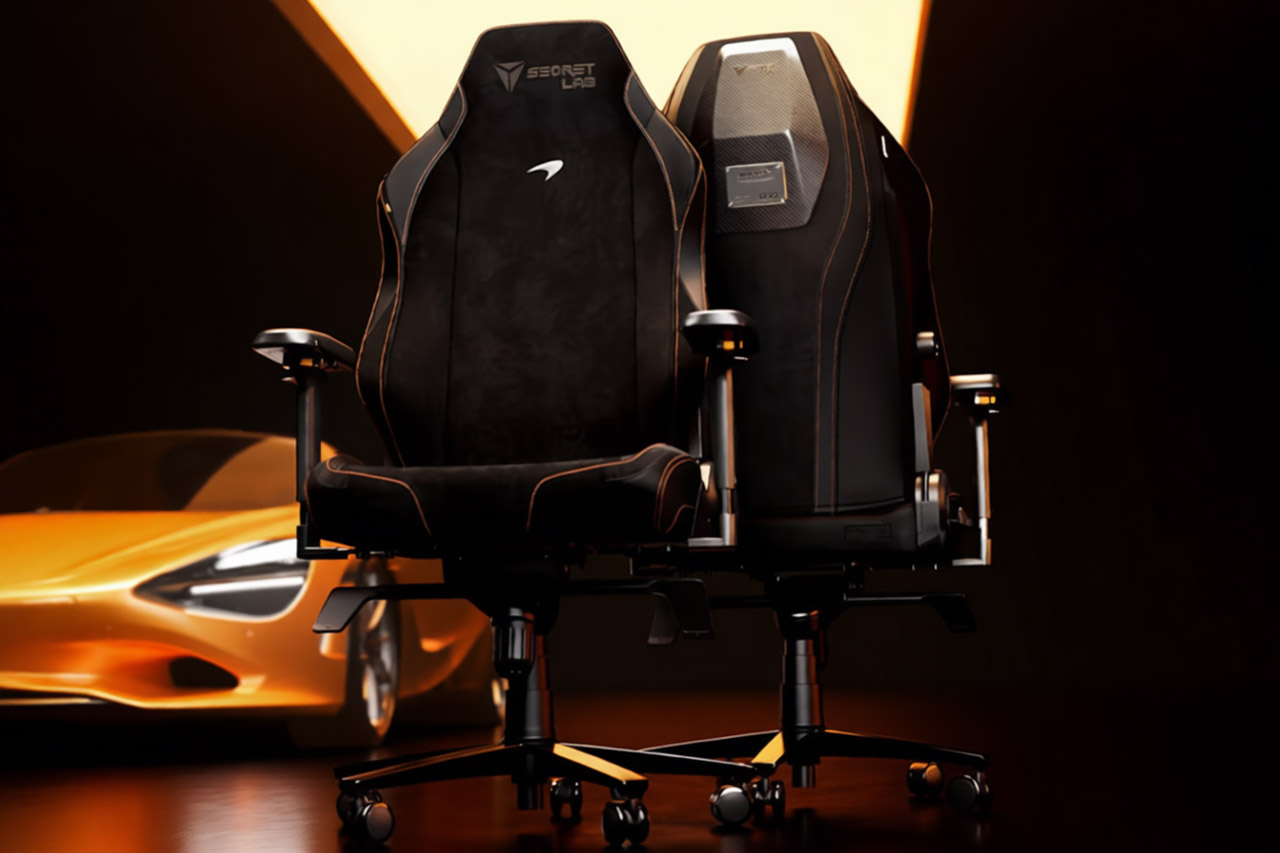
Secretlab has partnered with McLaren Automotive once more, this time to create something far more than a mere branded seat. Only 100 McLaren MonoCell Editions will ever be manufactured, each with a genuine carbon fiber topshell that exactly replicates McLaren’s decades-long pioneering of single-piece chassis designs.

Starbucks has been churning out lattes for years, but now they’re adding something new to their mix: the Starbucks Retro Digital Camera. Available exclusively in China, this stylish device combines the company’s characteristic flair with photography tools that you might find yourself feeling completely at ease with, just like you would in one of their cafes.


